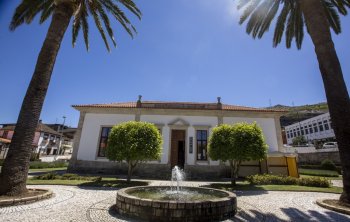Explore the best places
Heritage in Portugal
Padrão de Tarouca
- heritage
Largo dos Heróis do Ultramar
3610-137, Tarouca
The Tarouca Pattern consists of three steps, a cubic base with a cross on each face, a smooth shaft and, at the top, an armillary sphere and a cross.
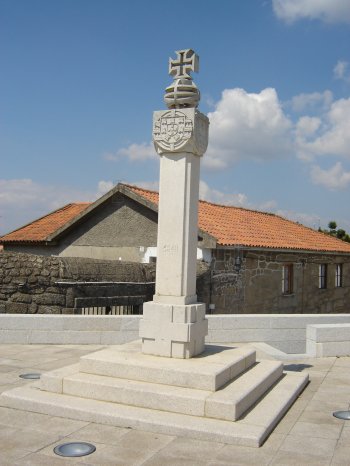
Mosteiro e Igreja de São João de Tarouca
- heritage
Largo do Terreiro
3610-082, Tarouca
It was the first monastery of the Cistercian Order founded in the Portuguese territory, in the 12th century, in a place with a strong monastic tradition evidenced in the monastery's invocation to Saint John, since, as a rule, the Cistercians dedicated their abbeys to the Virgin Mary. The facade of the church, rebuilt in the 17th century, retains an inscription with the date of its construction: 1152.
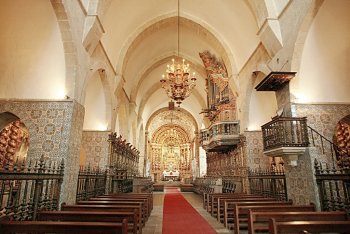
Casa do Paço de Dálvares / Museu do Espumante
- heritage
Rua Doutor Egas Moniz
3610-013, Tarouca
Medieval Palace with a U-shaped longitudinal plan. Today it is the headquarters of the Sparkling Wine Confraternity and the Murganheira Sparkling Wine Museum. The Casa do Paço de Dalvares was an honor created at the beginning of the Monarchy. In the Inquiries of Afonso III, well studied by Almeida Fernandes, it appears designated as the Honor of Alvares or Adalvares.
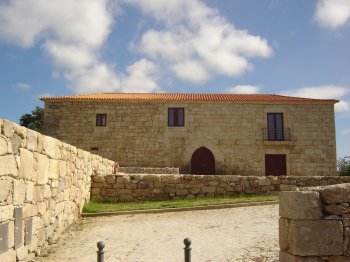
Arco de Paradela
- heritage
Valdevez
3610, Mondim da Beira
Memorial arch from the Middle Ages. It is associated with the passage of Count Pedro's funeral procession. For some, it is a monumental landmark that was erected to demarcate the limit of the Couto do Monastery of São João de Tarouca, for others it is a funerary monument built for the tomb of Diogo Anes, who in 1175 (12th century) was the owner of the land.
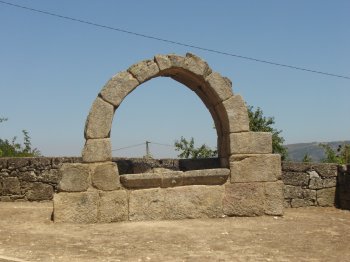
Ponte de Ucanha
- heritage
Rua da Torre e do Fundo da Rua
3610-175, Tarouca
Bridge over the Varosa river, made up of five broken arches, the central arch being taller and wider. The inclined board forms an obtuse angle, with a parapet. On the right side of the bridge stands a tower. Both were built in the 12th century. It is the most complete and expressive example of a medieval bridge with a protection and toll tower.
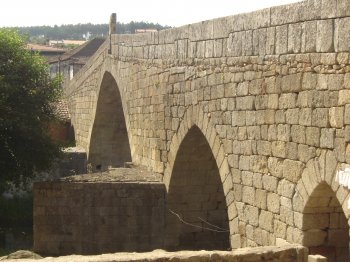
Torre Fortificada de Ucanha
- heritage
Rua da Torre e do Fundo da Rua
3610-175, Tarouca
Tower from the 12th century, located next to the Ucanha fortified bridge. It shows a square plan, homogeneous coverage with a hipped roof and three floors. In the past, it was the entrance to the Salzedas Monastery.
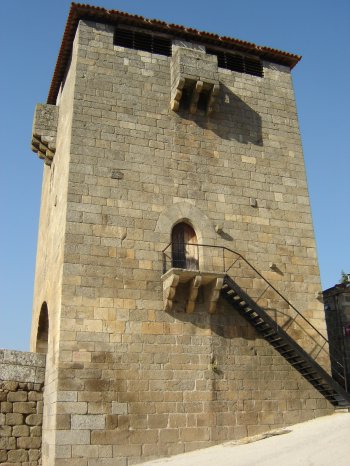
Mosteiro e Igreja de Santa Maria de Salzedas
- heritage
Praça António Pereira de Sousa, 2
3610-073, Salzedas
In its time, it was one of the largest Cistercian monasteries in Portugal, the grantee of vast lands around it, with the obligation to cultivate and populate them. Its construction began in 1155, shortly after the donation of the land made to the Order by Egas Moniz, assistant to D. Afonso Henriques, and his wife Teresa Afonso. It was consecrated in 1255, when the monastic complex was complete. The church, of large dimensions, stands out, imposing, in the middle of the uniform houses of the small village that was formed to the east. Between the centuries. In the 16th and …
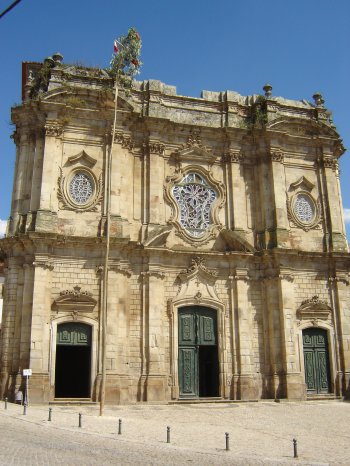
Ponte Romana de Granja do Tedo
- heritage
Largo da Ponte
5120-181, Granja do Tedo
Bridge that features Roman civil architecture. It has a centralized arch, without carvings, with a tray.
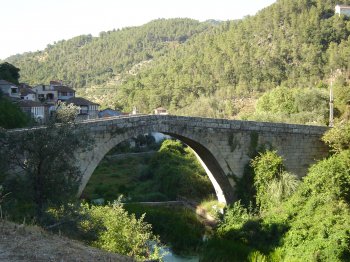
Capela Românica de Sabroso / Capela de Santa Maria de Sabroso
- heritage
EM514
5120, Barcos
Chapel of Romanesque and 17th century architecture. It has a structure with a single nave and a narrow chancel. It is located in a place where there are traces of human occupation, presumably from the Castro period. Next to the walls there are tombstones.
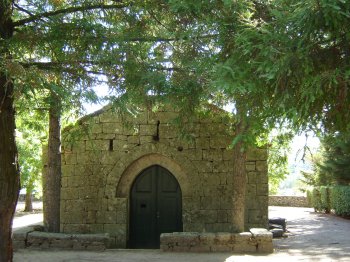
Museu do Imaginário Duriense
- heritage
Rua Macedo Pinto, 57
5120-418, Tabuaço
This is the first museum nucleus linked to the Douro Museum, intending to collect and disseminate all manifestations of the Douro's traditional imagery, be it intangible heritage (legends, traditions, songbook...), as well as in terms of utopia and the imagination of new generations.
